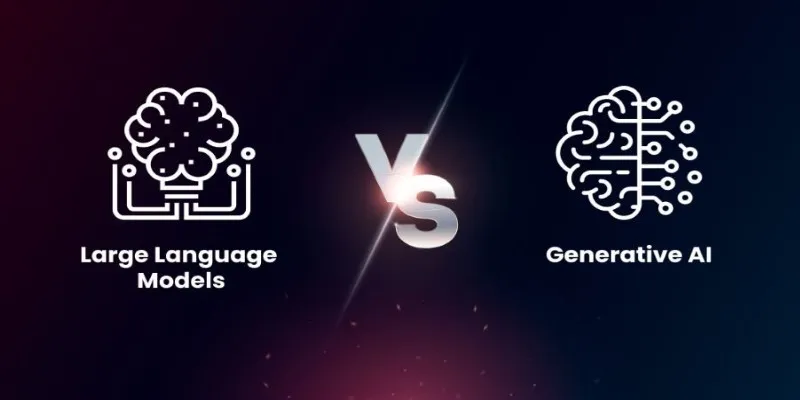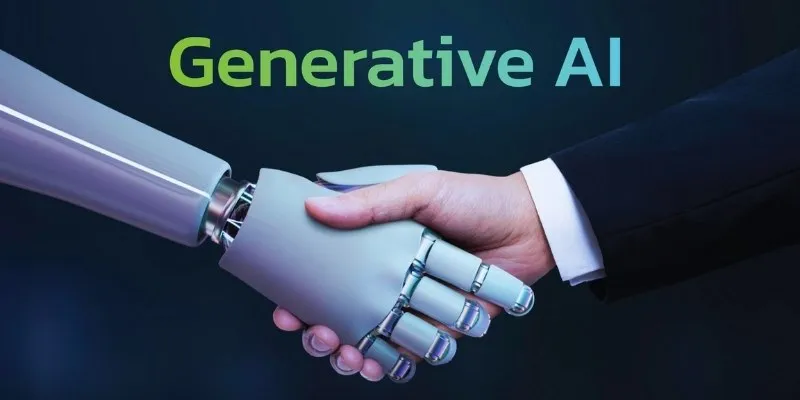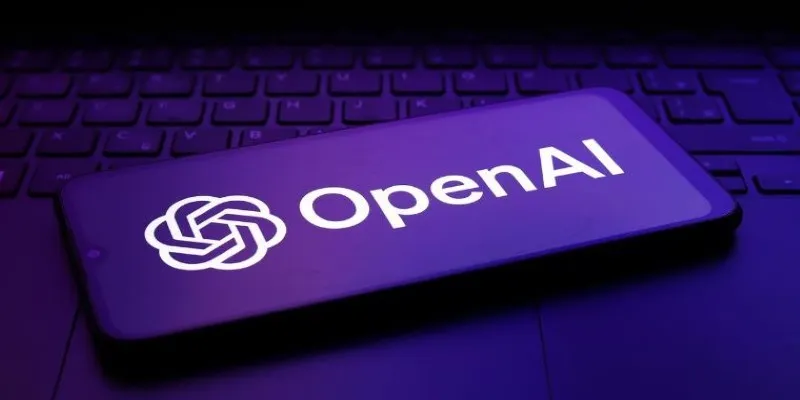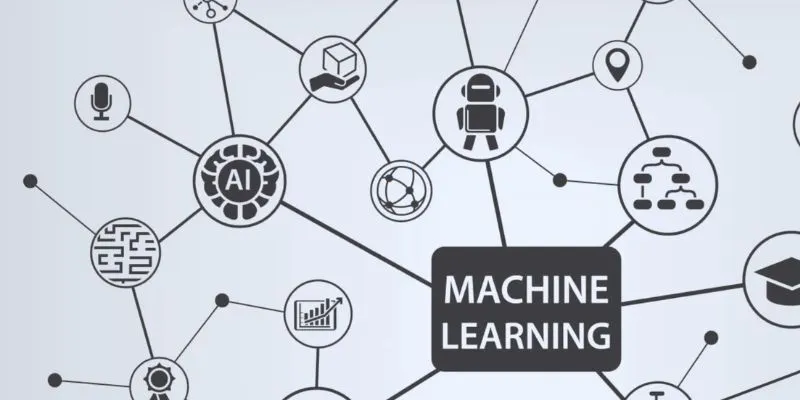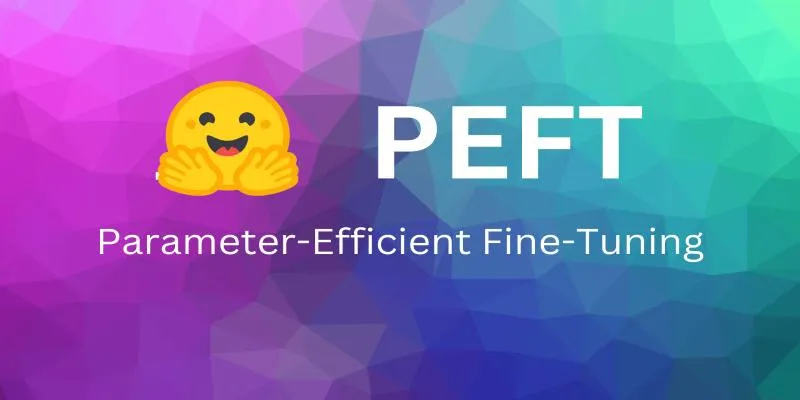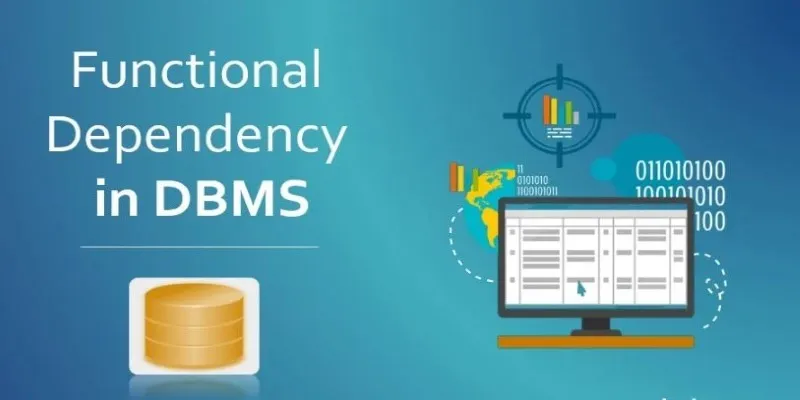In academic publishing, the Digital Object Identifier (DOI) has long served as a reliable method to uniquely identify and locate research papers. By providing each item with a stable identity, DOIs ensure accessibility, even years later. However, research today extends beyond papers to include datasets, models, scripts, and tools.
These vital components often go untracked, disappearing into broken links or unclear versions. Assigning DOIs to datasets and models addresses this issue, offering a practical way to cite, share, and preserve digital work. Beyond a technical fix, DOIs support transparency, traceability, and recognition in digital research.
What is a DOI and Why Is It Needed Beyond Papers?
A DOI is a unique string assigned to digital content, typically used for journal articles. It creates a fixed link to the content, ensuring that academic communication remains stable and organized. While DOIs have been effective for text-based publications, the scope of scholarly output has expanded.
Researchers now share datasets, trained models, scripts, and more, which are crucial for understanding and replicating results. However, these materials often lack proper identifiers. They might be hosted temporarily, renamed, or updated without a clear record. Without persistent links, this digital work becomes challenging to access or verify.
Applying DOIs to datasets and models resolves this issue, allowing others to reliably cite a specific version. This approach adds accountability and encourages better data and model-sharing practices. As digital tools become more integral to research, consistent tracking is crucial.
How DOIs Work with Datasets and Models
When a DOI is assigned to a dataset or model, it is backed by metadata registered with organizations like DataCite or Crossref. This metadata typically includes the title, author names, creation date, version number, and licensing details. The object is hosted on a platform that supports DOI resolution, such as Zenodo, Figshare, or an academic repository.

This process does more than just assign a number—it formalizes the dataset or model as a traceable research object. Future users can cite it accurately, access the same version, and review the associated metadata. If updates occur, a new DOI can be created, preserving older versions to prevent confusion over which version was used in a study.
In machine learning, models are often reused and fine-tuned. A DOI anchors a particular version, linking it to performance data, training inputs, or evaluation metrics. This is especially useful when the model appears in multiple papers or across platforms.
For datasets, the benefit is similar. For instance, a team studying satellite images might publish their dataset on a repository that issues DOIs. Anyone using it can cite the dataset directly, ensuring their work builds on the same version. Over time, this improves clarity and reproducibility across studies.
Benefits for the Research Community
Assigning DOIs to datasets and models enhances reproducibility. Researchers often reference a dataset or model that’s either no longer available or was updated without clear documentation. A DOI ensures that others can access the exact resource used, regardless of when the paper was published.
This reliability supports accountability. Being able to trace results back to the original dataset or model allows others to review, audit, or build upon previous work. If biases or errors are discovered, it’s easier to pinpoint their origins.
DOIs also help give credit where it’s due. Datasets and models can be time-intensive to develop, deserving proper recognition. When cited with a DOI, contributors’ work becomes visible in citation counts and reference lists. This visibility can influence career development, funding opportunities, and overall recognition within a field.
Repositories that issue DOIs often require a baseline of documentation, leading to better-organized data. These platforms offer hosting, metadata fields, and long-term access. For researchers, this reduces the hassle of managing links and helps standardize how digital assets are shared.
In machine learning, pairing DOIs with model cards or datasheets adds another layer of context. A model with a DOI can link to its known limitations, performance benchmarks, or intended use cases. This prevents misuse and helps others apply the model more responsibly.
Challenges and Future Considerations
Despite clear benefits, several challenges remain. One is cultural. Many researchers still treat datasets and models as side products, not as formal research outputs. Assigning a DOI might feel unnecessary or time-consuming without a shift in how value is perceived in digital contributions.

Technical barriers can also impede progress. Some projects store their data or models on servers that don’t support DOI assignments. Transitioning these to appropriate platforms can involve added steps, especially in institutions with limited support for open data infrastructure.
Deciding how granular DOIs should be is another issue. Should every minor model tweak or dataset version get a new DOI? What if someone reuses a portion of a dataset? These questions lack fixed answers and are the subject of ongoing discussion among librarians, funders, and data repositories.
Nevertheless, change is underway. Open science initiatives, such as FAIR (Findable, Accessible, Interoperable, Reusable), encourage the use of persistent identifiers for all research outputs. Journals and funding agencies increasingly recommend or require DOI-backed sharing of data and models.
In the future, research papers may include clear citation chains linking to models and datasets through DOIs. This would improve transparency, showing how results were produced, which tools were used, and where the inputs came from. It would support more thoughtful reuse of digital resources across disciplines.
Conclusion
The DOI system, once used almost exclusively for research papers, is now being extended to digital assets such as datasets and models. As research becomes more dependent on these components, the need for stable, citable links grows. DOIs offer a practical solution—making digital work easier to track, verify, and credit. This shift brings structure to areas of research that have been loosely managed until now. It helps ensure that digital contributions are treated seriously and preserved over time. By applying DOIs more broadly, we support better science: reproducible, open, and built on clear foundations.
Consider checking out resources on DataCite or Crossref for more information on DOI management and benefits.
 zfn9
zfn9


